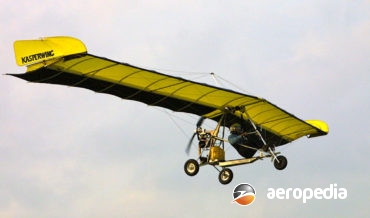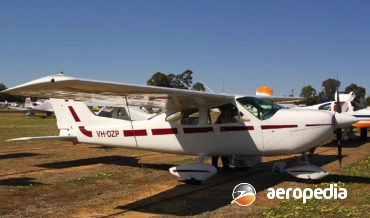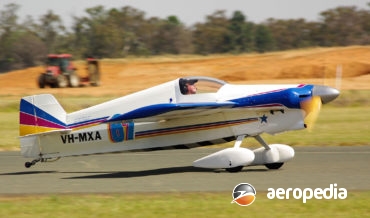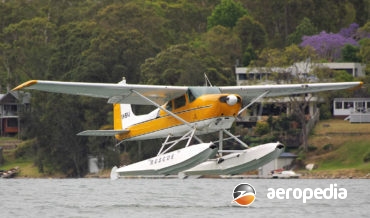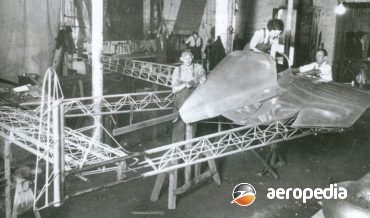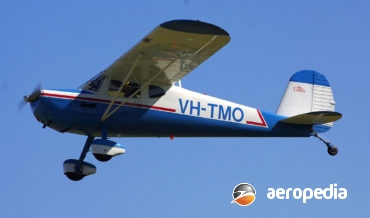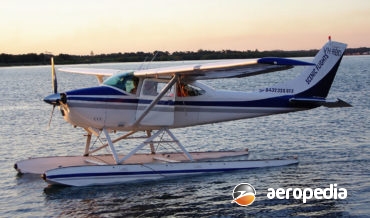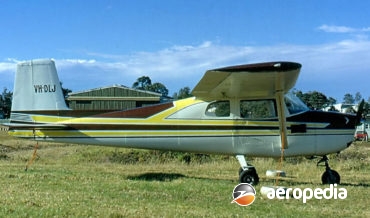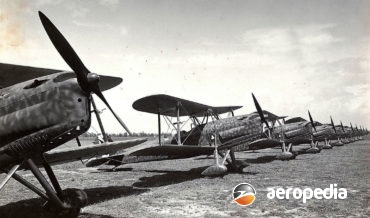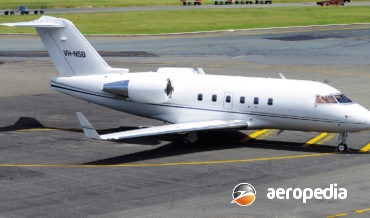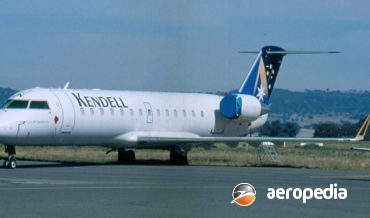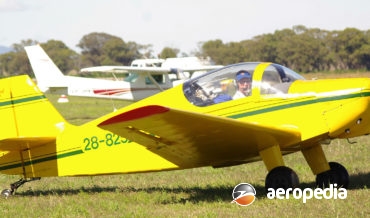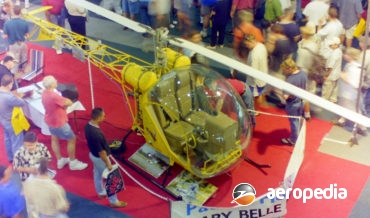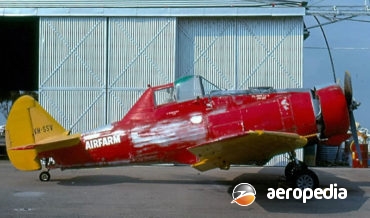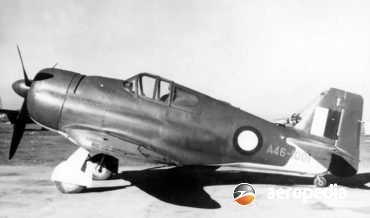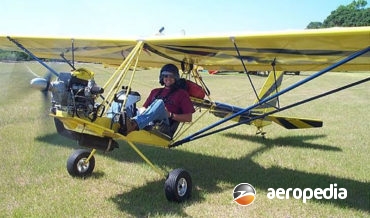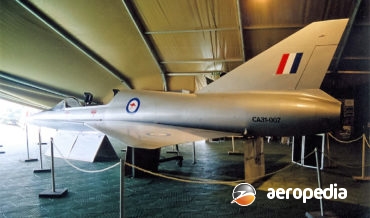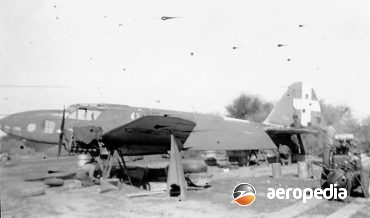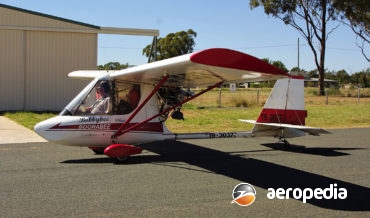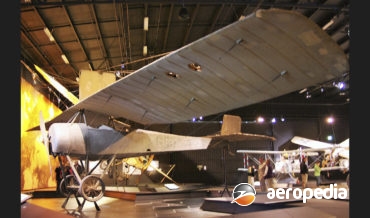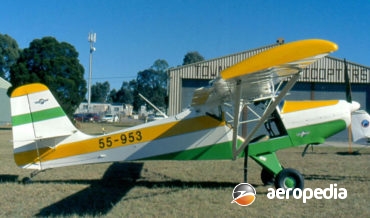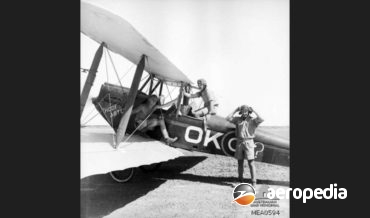All Contents
Contents
The Cessna 177 Cardinal RG was introduced into the Cessna range in 1970 and is basically a variant of the 177 series with a hydraulically retractable tricycle undercarriage.
David C. Eyre
- May 17, 2019
The Kasperwing is an American ultralight flying-wing motorglider which was designed by Witold Kasper and Steven Grossruck and was initially built by Cascade Ultralites and was introduced to the market in 1976.
David C. Eyre
- May 17, 2019
The Cessna 177 series of aircraft, which was first placed in production in 1967, was originally released in two main models, the 177 and the Cardinal.
David C. Eyre
- May 17, 2019
In 1954 Tom Cassutt, an airline pilot in the United States, designed and built a small single-seat racing aircraft known as the Cassutt I for his own use, winning the 1958 National Air Racing Championships.
David C. Eyre
- May 17, 2019
The Cessna 180 series of aircraft commenced production in February 1953 and continued until, like other single-engine Cessna models, it ceased in 1981 after some 6,193 examples had been built.
David C. Eyre
- May 17, 2019
Following the announcement of plans for the 1934 England to Australia sponsored by Sir Macpherson Robertson, an Australian design team comprising L J R Jones, T D J Leech and D Saville set about designing and building an aircraft to enter.
David C. Eyre
- May 17, 2019
The Cessna 182 Katmai Super STOL is a development of the Wren 460 (which see) which itself was developed in the 1960s and was a conversion of the basic Cessna 182 series to achieve outstanding short field performance.
David C. Eyre
- May 17, 2019
During the years 1946 to 1949 Cessna produced two basically identical two-seat light cabin monoplanes known as the Models 120 and 140.
David C. Eyre
- May 17, 2019
The Model 182, which was introduced into the Cessna range in 1956, initially used the same airframe and engine as the Model 180, but it had four seats for executive use rather than for the utility role, and was fitted with a tricycle undercarriage.
David C. Eyre
- May 17, 2019
Designed as a successor to the Cessna Models 120 and 140, production of which concluded in the mid 1950s, the 150 series proved to be one of the most popular civil training aircraft, with about 22,839 examples constructed and delivered between 1959 and 1977.
David C. Eyre
- May 17, 2019
Intended to meet the requirements of ‘bush’ fliers around the world, the Cessna 185 was designed a s a rugged utility aircraft.
David C. Eyre
- May 17, 2019
The Call Air A9, which first appeared in Australia in the mid-1960’s, was developed from a line of agricultural aircraft originally built by Call Air Inc of Afton, Wyoming.
David C. Eyre
- May 17, 2019
The Ca.164 was designed and developed as a training and touring biplane and was produced in Italy for the Italian Air Force and Italian aero clubs shortly prior to World War II.
David C. Eyre
- May 17, 2019
The Call Air Model B-1 agricultural aircraft was a development of the smaller A-9 series and was of similar configuration, being designed and manufactured by the Inter Mountain Manufacturing Co of Wyoming, USA (IMCO).
David C. Eyre
- May 17, 2019
Initially designed in the United States by Carlson Aircraft Inc of East Palestine, Ohio, the Sparrow was modified to meet Rule 101.55 by Lake Macquarie Aviation, the type initially to be built for the Australian market at Warners Bay, NSW, and later plans were announced to construct both it and
David C. Eyre
- May 17, 2019
One of the newer era of modern technology high-performance long-range executive jets, the prototype of the series, the CL-600 Challenger, was flown for the first time on 8 November 1978 powered by 7,500-lb st Avco Lycoming ALF 504L turbofans.
David C. Eyre
- May 17, 2019
Produced by the Regional Aircraft Division of Bombardier Inc of Canada, the Regional jet is a development of the Challenger to meet the requirements of regional airlines.
David C. Eyre
- May 17, 2019
The Minicab, which was designed by M Yves Gardan, a well-known French light aircraft designer, made its first flight in February 1949 and, with no major modifications, won three distinctions in its first year; the Coup de Deauville, the Grand Prix Aerien de Vichy, and the Concours d’Elegance de Biarritz.
David C. Eyre
- May 17, 2019
The Baby Belle first flew in 1990 and has been developed as a scaled down replica of the well known Bell 47 series of helicopters, being of rugged construction and able to fly all-year round.
David C. Eyre
- May 17, 2019
In 1964 the Commonwealth Aircraft Corp was considering the development of an advanced supersonic aircraft to meet a future requirement for the RAAF for a supersonic trainer which could also be used for weapons training.
David C. Eyre
- May 17, 2019
This series of helicopters was founded in the 1950s and was known as the Helicom, this evolving into the Commuter, and later the Commuter II. Manufacturing rights were then sold to one of the original partners and became Canadian Home Rotors Inc and it was sold for many years
David C. Eyre
- May 17, 2019
The Ceres (the God of Fertility) was developed from the Wirraway trainer of World War II, which had been built at the Commonwealth Aircraft Corporation’s plant at Fishermens Bend, Vic, between 1939 and 1945.
David C. Eyre
- May 17, 2019
This was one of a number of light training aircraft and was described as a fully-aerobatic two-seat conventional tractor biplane built by the Canterbury (NZ) Aviation Company at Sockburn near Christchurch and in many ways was similar in appearance to the Sopwith Tabloid. It made its first flight
David C. Eyre
- May 17, 2019
In an attempt to increase the performance of the indigenous Boomerang fighter, consideration was given to the increase in the power of the engine installed and to this end, as the Twin Wasp engine then fitted was not supercharged sufficiently to permit adequate high-altitude operations, it was decided to obtain
David C. Eyre
- May 17, 2019
The Javelin was introduced to the ultralight market in 1999 and was intended to appeal to pilots interested in having an open cockpit.
David C. Eyre
- May 17, 2019
The CA-31 was one of a series of projects designed by the Commonwealth Aircraft Corporation to meet a requirement of the RAAF for a supersonic trainer and light attack aircraft, being designed to facilitate pilots proceeding from the Macchi MB-326H to the GAMD Dassault Mirage IIIO, being expected to be
David C. Eyre
- May 17, 2019
The Ghibli was a general purpose light reconnaissance bomber of low-wing configuration with a fixed spatted tailwheel undercarriage, a single fin and rudder, and built for the Italian Air force in the mid 1930s.
David C. Eyre
- May 17, 2019
The Boorabee is an ultralight which could be built in either single-seat or two-seat forms.
David C. Eyre
- May 17, 2019
Gianni Caproni (1886 – 1957) designed and built his first aeroplane, known as the Ca.1, in 1910 and went on to have a long and distinguished career in aviation, his achievements including designing bombers for the Italian Air Force, his design the Ca.3 being built also in the United States,
David C. Eyre
- May 17, 2019
In the mid 1980s Mr Dan Denney formed Denney Aerocraft Co in Boise, Idaho to build a two-seat ultra-light aircraft known as the Kitfox, and in the first year 21 kits were delivered.
David C. Eyre
- May 17, 2019
The Ca 100 was produced in Milan, Italy from 1929 and was a licence-built variant of the DH-60 Moth.
David C. Eyre
- May 17, 2019
Recent Comments
Archives
Categories
- No categories
Categories
- No categories
Latest Posts
Newsletter


